Why the 2017 Honda Civic Type R Doesn't Have All-Wheel Drive

It would appear, at least on paper, that the 2017 Honda Civic Type R stands at a major disadvantage compared to its rivals.
While both the Ford Focus RS and Volkswagen Golf R, along with the Subaru WRX STI, send their output to all four wheels, the Type R retains the same front-wheel drive layout as even the most mundane models in the Civic lineup. The folks from Honda will tell you it’s a matter of keeping up with tradition. After all, no Honda Type R to this point has been fitted with all-wheel drive, let alone the Civic.
“Civic traditionally has always been front-wheel drive and this platform is front-wheel drive,” said Civic senior product planner Rob Keough. “And Type R is about what’s the maximum that we can achieve out of that platform.”
Putting power down to all four wheels in a sport compact car does have its advantages. Not only does it provide an added level traction, but all-wheel drive helps send power where it’s needed and when it’s needed there. The system in the Focus RS, for example, can send as much as 70 percent of available torque to a single rear wheel if needed, the result of some fancy mechanical and electronic wizardry that is wise beyond its years.
However, adding all-wheel drive does have its fair share of drawbacks. Even the most advanced modern systems can’t avoid the extra weight that comes with adding the equipment necessary to send power to more wheels. Making matters worse, there’s the inevitable drivetrain power loss that results from powering four wheels as opposed to just two.
ALSO SEE: 2017 Honda Civic Type R Review
In that regard, the Civic Type R delivers a sharp counterpunch to its critics, as well as its chief competitors. If Nurburgring lap times mean anything anymore, it’s interesting to note that both the Focus RS and Golf R have been known to circle the track in more than eight minutes. By comparison, Honda published video proof of the 2017 Civic Type R completing its lap of the ‘Ring in a scant 7:43.80.
For the sake of comparison, the Type R houses a 2.0-liter turbo four-cylinder under its hood that makes 306 horsepower and 295 lb-ft of torque. The Focus RS, meanwhile, makes 350 horsepower and 350 lb-ft of torque from its 2.3-liter turbo motor, which is substantially more than the Honda. It also proves, if nothing else, that in the case of sport compacts like these it’s not about how much power is made — or the wheels it goes to.
“All-wheel drive would’ve added weight to the car, it would’ve changed the character of the car,” Keough said. “Honda’s racing philosophy has always been lightness and balanced performance, and the team felt like (it) could get the most performance out of this car without adding the weight and the cost of all-wheel drive.”
Mission accomplished.

Dan is AutoGuide.com's Road Test Editor, a long-suffering Buffalo Bills fan, and a car guy since childhood. He enjoys long walks on the beach and long drives just about anywhere the road, track or trail will take him. You'll see him driving around evaluating cars and in front of a camera talking about them. Dan is a member of the World Car of the Year jury.
More by Dan Ilika






































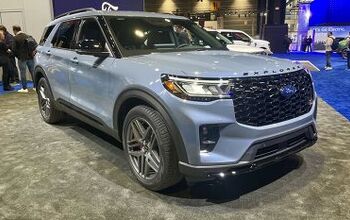
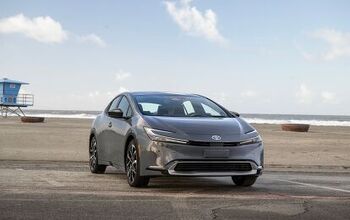
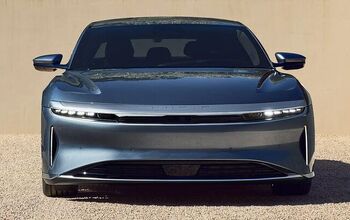



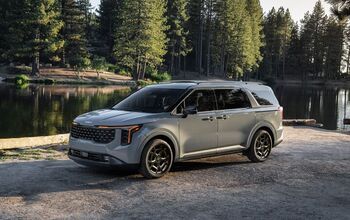
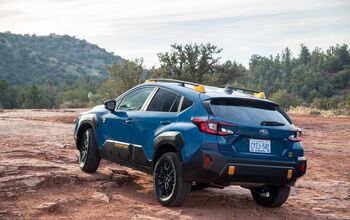






Comments
Join the conversation
You obviously never drove manual. Paddle shifting and letting the car do all the work is nowhere near as much fun as a stick shift. And ask anyone who drives stick: you're much more in tune with the engine.
No AWD means no Civic for people looking for a daily driver in areas where you need AWD part of the year. Folks like that (me) can afford ONE car. If it were this car driving half the winter would be out.